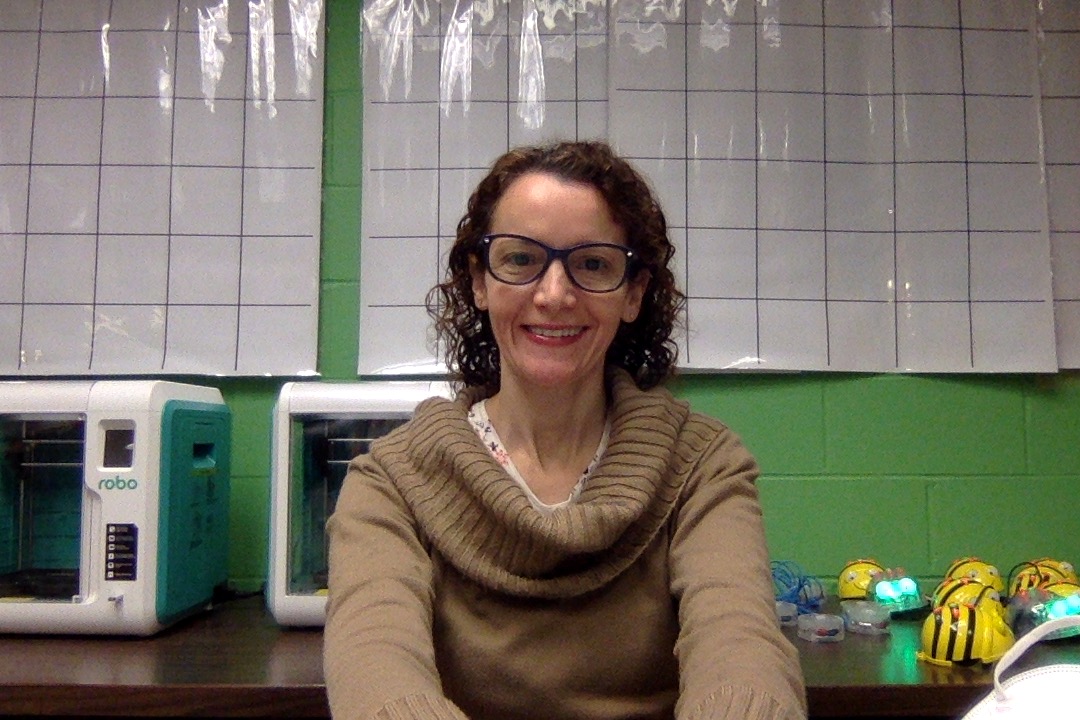Makers Making Change Helps Occupational Therapists Find Affordable Assistive Technology Solutions for Their Clients
Since Makers Making Change (new window)’s inception in 2016, we’ve made it a priority to help occupational therapists across North America find affordable assistive technology solutions for their clients.
As a corporate partner of the Canadian Association of Occupational Therapists (CAOT), Makers Making Change has attended the CAOT conference every year since 2017. In 2018, we hosted an OT buildathon at the CAOT conference in Vancouver.
In our assistive device library, devices range from low tech solutions like the 3D printed pen ball (new window), which can help a person with arthritis more easily grip a pen, to more high tech in nature, like the LipSync (new window), a mouth operated joystick, which allows people without the use of their hands to use smartphones and tablets.
However, unlike commercial devices which are mass manufactured for profit, Makers Making Change devices are built by volunteer makers for the cost of parts, allowing occupational therapists to provide low cost solutions for clients. The designs are open source, meaning that the devices can also be customized for a clients needs.
Each week leading up to the CAOT Conference, we’ll be looking at occupational therapists and their experiences with Makers Making Change. If you’re attending CAOT 2022 in beautiful Whistler, BC, come say hello to us at booth #16.
OTs Who Make
 Some occupational therapists get in on the making, too.
Some occupational therapists get in on the making, too.
Rachel Thiros, a pediatric occupational therapist at a school in Pittsburgh, Pennsylvania, wanted to engage one of her kindergarten students with limited arm and leg movement, who uses a head controlled wheelchair.
“I said, ‘What are we gonna do that’s gonna value that strength so he can participate with all the skills he has?’ So we know he can use his head, how can we use his head so he can be successful in school, that’s what it came down to for me.”
Initially, Rachel thought of using a mouthstick, but after trial and error, decided to go with a head pointer, allowing the student to use their mouth for other tasks. But she couldn’t find any suitable head pointers to purchase.
So she turned to the Makers Making Change assistive device library.
She found a couple of items in the library that were a perfect fit for her student — the adapted head pointer and the light touch switch, which the student could use to activate toys. With the help of teachers at the school, she made them, and a paint spinner she had at home was adapted to be used with the headstick and light touch switch.
While Rachel was initially concerned with how her student would like the device, he has really enjoyed it.
“He’s made probably 20 of these,” she says, pointing to circles her student has painted. “He just loves to do this.”
They’ve printed a number of head pointers, allowing him to use it with a variety of tools without having to disassemble, including paintbrushes, markers, and even a fork, which allows him to work on eating independently.
“I am really glad that your website is there for people to use, and I love that the plans are shared without a cost involved,” she says. “I don’t know how I would have made these kinds of adaptations for my student without that kind of resource.”
Looking for device that suits your clients needs? Check out our assistive device library (new window) with 150 devices available open source addressing a wide range of needs. Have a need that isn’t addressed in our library? Suggest a design challenge (new window) to our community of makers. Looking to join the Makers Making Change community? Let’s get started! (new window)
This post originally appeared on the Makers Making Change (new window) website.
